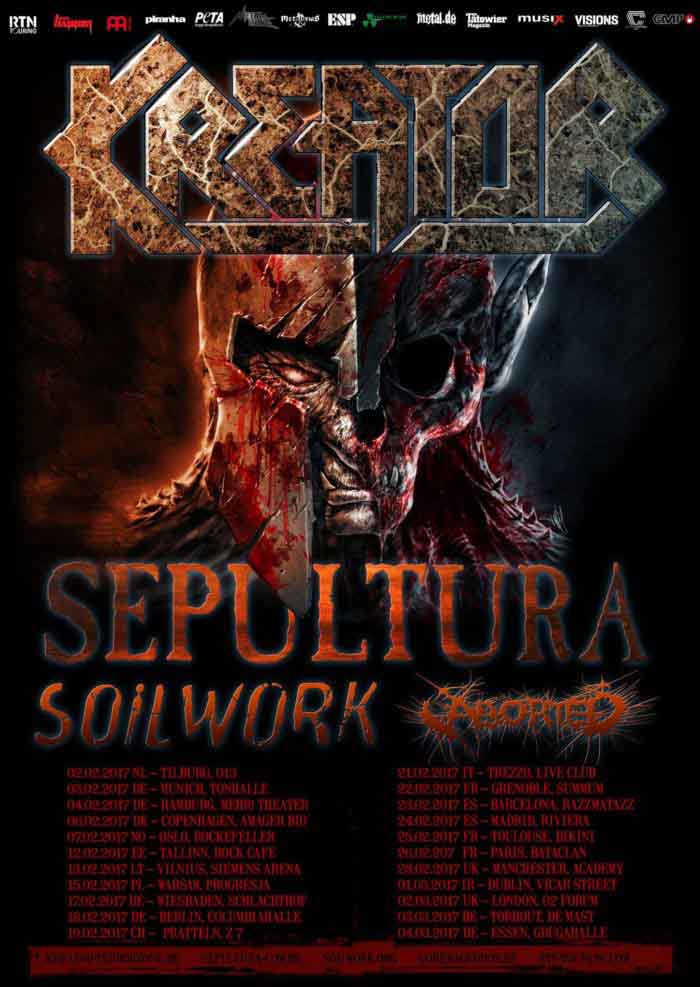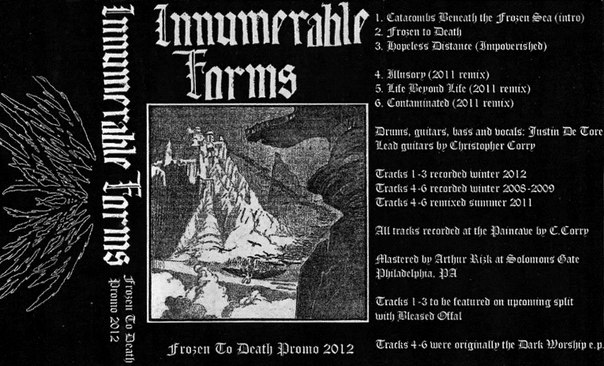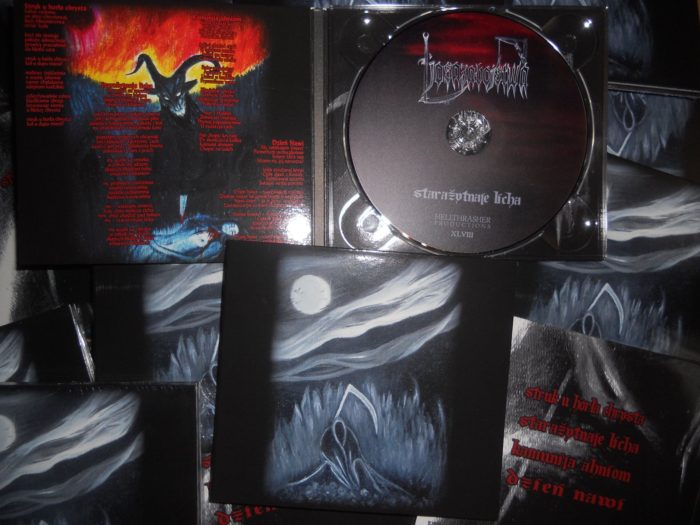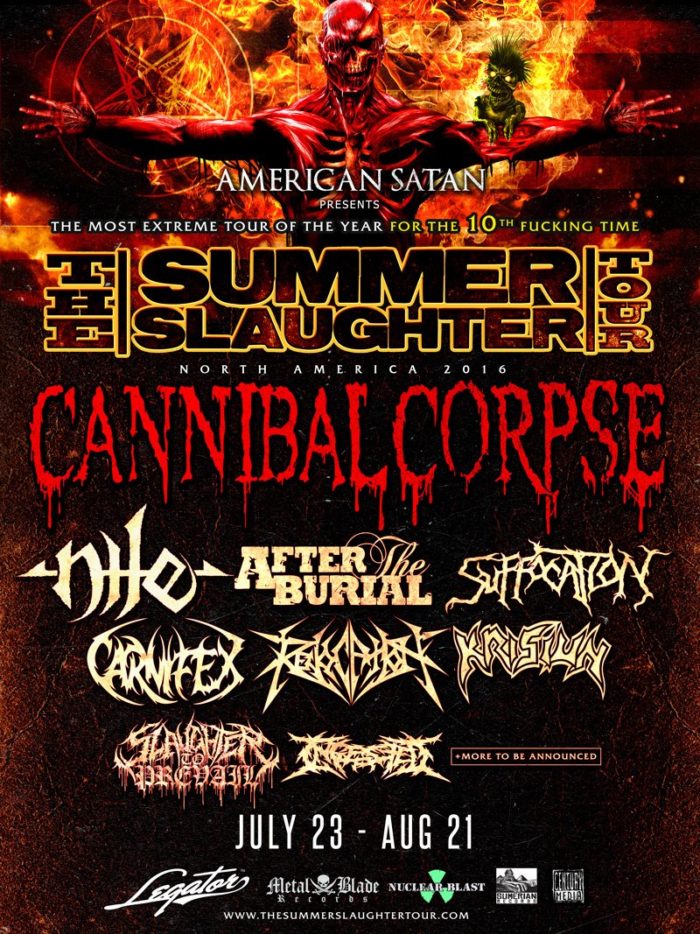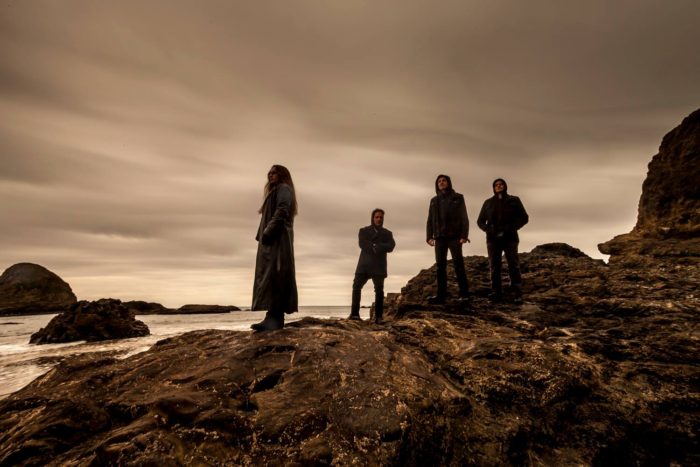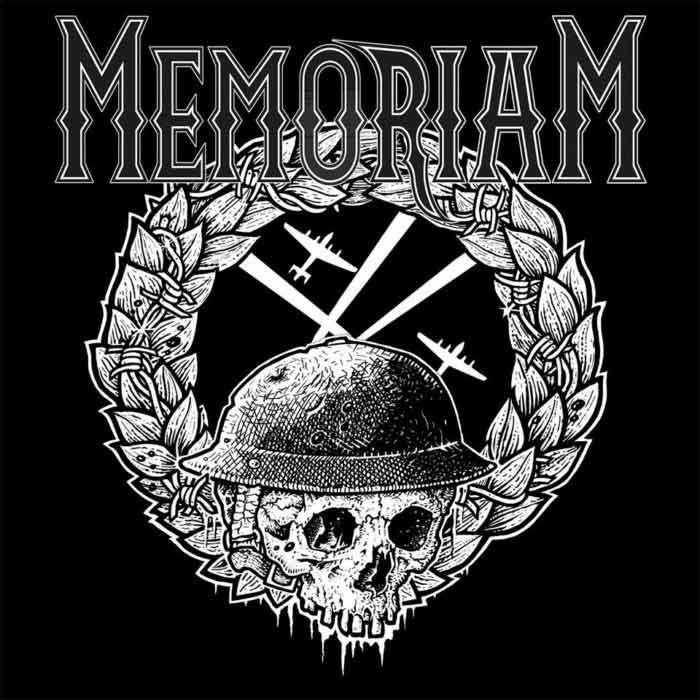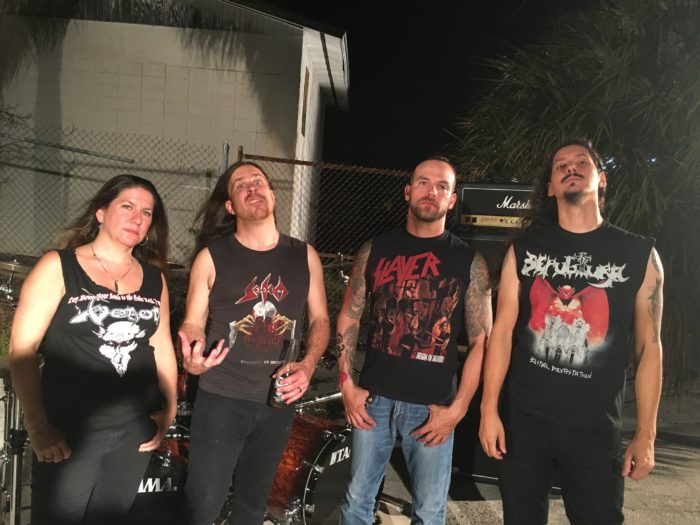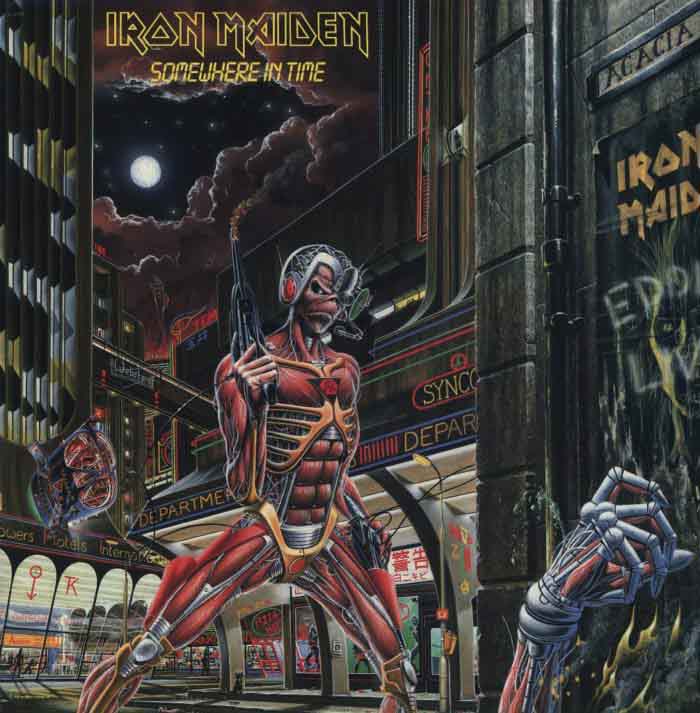
Article by David Rosales.
Released after Iron Maiden’s golden era, Somewhere in Time is touted by fans of heavy and power metal as a crown jewel of the band, exemplifying perfected expression and streamlined efficiency. This is not immediately convincing for metal hessians. Rightly so as the music became more sterile, hence, less credible. There is definitely a sense of “upgradedness” in both the production and the choice of stylistic voicings, allowing an inclusion of 80s pop coloration into the palette. This unclear, semi-sellout move demanded accountability, while at the same time the band boasted of accumulated experience fructifying the transformation, masterfully avoiding the typical degeneration that could be expected after the climax and summary of their original sound in 1985’s Live After Death.
(more…)
34 CommentsTags: 1986, Heavy Metal, iron maiden, mainstream metal, NWOBHM, progressive metal, review, somewhere in time

